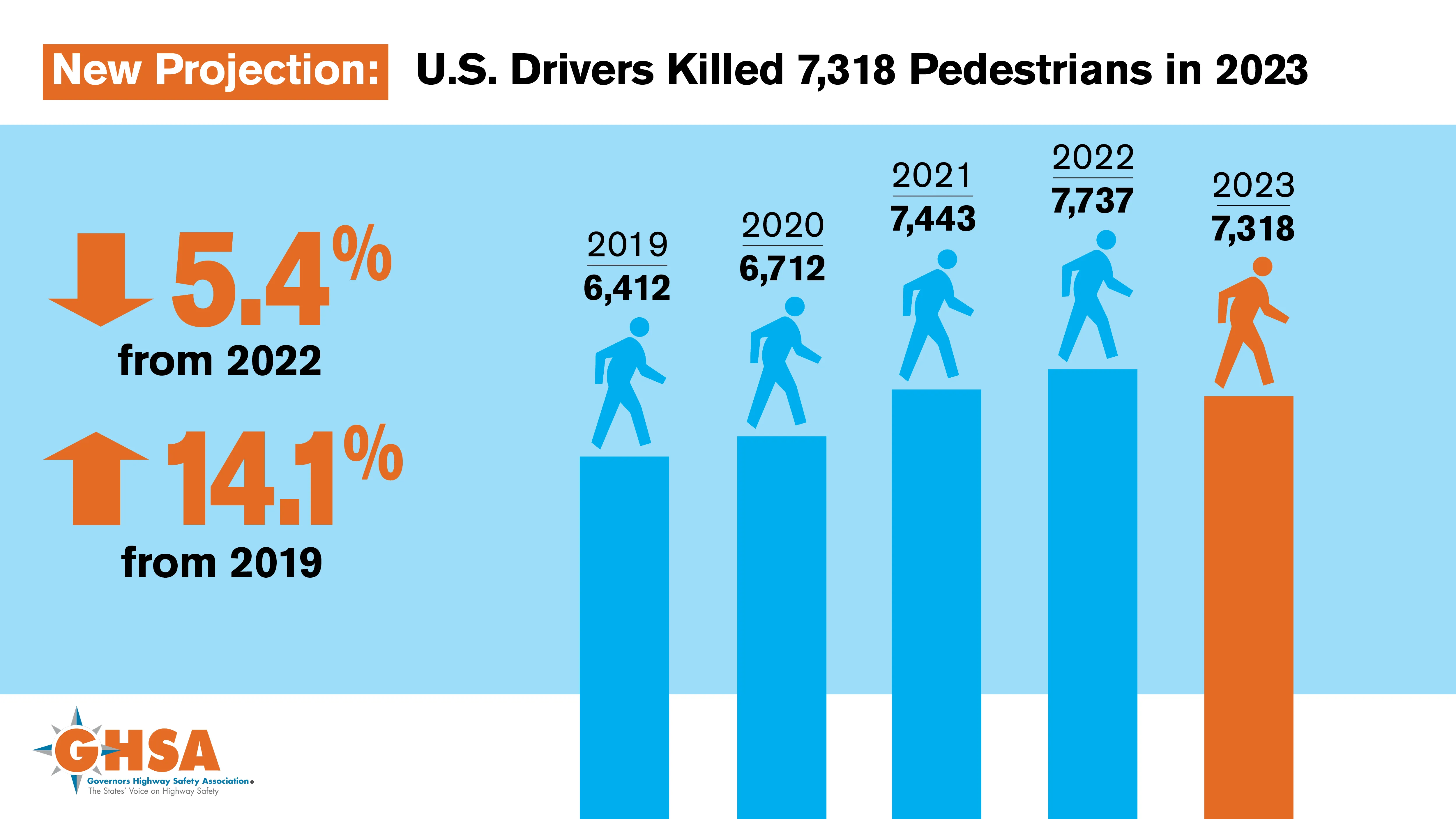Europe’s road safety drive is highlighting key issues - Mike Woof reports In Europe there is a growing understanding that alcohol use amongst drivers still has to be tackled effectively. Accident data reveals that safety standards are improving across most European countries, with steady reductions in numbers of serious injuries and fatalities. But there remains a problem with alcohol use amongst many drivers and it is amongst this group that accident levels have not fallen. In Spain in particular, there ha
December 3, 2012
Read time: 4 mins

Europe’s road safety drive is highlighting key issues - Mike Woof reports
In Europe there is a growing understanding that alcohol use amongst drivers still has to be tackled effectively. Accident data reveals that safety standards are improving across most European countries, with steady reductions in numbers of serious injuries and fatalities. But there remains a problem with alcohol use amongst many drivers and it is amongst this group that accident levels have not fallen. In Spain in particular, there has been a major reduction in road casualty levels, but research into the accident data has shown that while the numbers of accidents has reduced overall, there has been much less of a fall in those drivers involved in accidents who are under the influence of alcohol. The data highlights the further need to address drink driving in Spain, as well as in other European nations.The issue is complex though. There is still disparity across Europe over the quantities of alcohol drivers are allowed to have consumed also. Some countries, such as Sweden, have tough regulations forbidding the presence of any alcohol in the system for drivers while others tolerate different levels. But despite harmonisation guidelines, there is still no single set level across Europe. Enforcement is another issue that needs to be addressed, as while the UK permits drivers to have consumed slightly more alcohol than many other European nations, it ranks at the lower end of the scale for drink-driving. This is because enforcement of drink driving laws have been carried out in the UK over the last 30 years, and with much
tougher penalties for offenders than in many other European countries.
A major reason France has achieved such a major reduction in road accident rates in recent years seems to be from the much tougher enforcement policies of existing laws covering drink-driving or speeding.
Meanwhile concern has been expressed in the UK over the release of accident statistics for 2011 that reveal an increase in road fatalities over the previous year. This is the first national rise in road deaths and serious injuries in 17 years. In all 1,901 people died on the UK’s roads in 2011, an increase of 3% of the figures for 2010 while those seriously injured rose 2% to 23,122. Interestingly, the number of fatalities fell for three types of road user, with a fall of 22% for bus and coach occupants, 10% for motorcyclists and 4% for cyclists. However fatalities for pedestrian and car occupants rose by 12% and 6% respectively. Driving under the influence of alcohol is still a major problem and the 2011 data suggests that 9,990 reported casualties (5% of all road casualties) occurred when someone was driving while over the legal alcohol limit. The provisional number of people estimated to have been killed in drink drive accidents was 280, around 15% of all road fatalities and an increase of 30% from those killed in drink drive accidents in 2010.
The provisional number of those killed and seriously injured because of drink driving rose by 5% to 1570. Amongst pedestrians, there were 383 deaths and 4,947 serious injuries in incidents in which motor vehicles were involved. Failing to look properly was once more the most frequently reported contributory factor involved in accidents and was reported in 42% of all accidents reported to the police in 2011.
Road safety charity
Clearly, the savings from cuts in road safety budgets have clearly been massively outweighed by the much greater costs of emergency services, medical treatment and lowered work productivity, without even mentioning the human cost. IAM director of policy and research Neil Greig said, “The increase in deaths and serious injuries because of drink driving is absolutely shocking. It accounts for more than half of the increase in road deaths. In 2013, we must see a drink driving education campaign, backed up with enforcement, to put an end to these completely unnecessary deaths.







